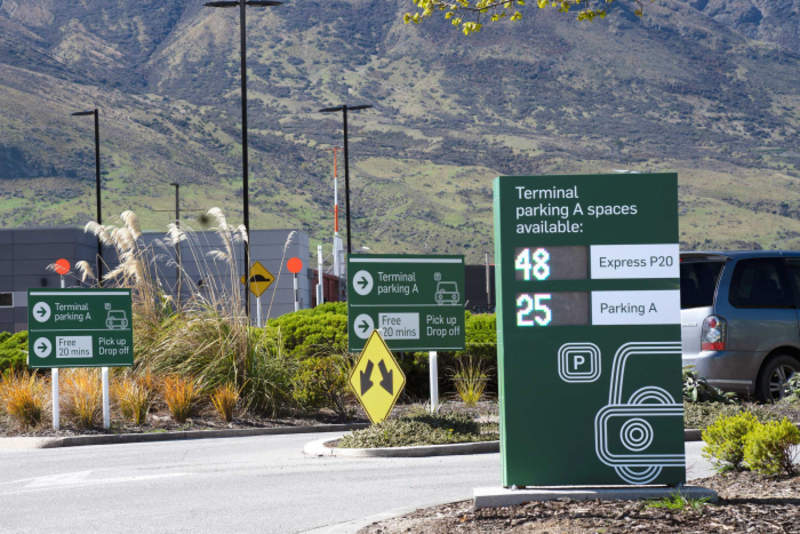
New Zealand’s Queenstown Airport has installed a new signage system for passengers.
The new interior wayfinding system features internationally recognised signage that enables customers to navigate around the airport’s facilities, including car parking areas, the P2 drop-off zone, arrival and departure lounges and the terminals. Installation commenced last year.
Queenstown Airport’s upgrade programme comprised navigation to airside and landside doors, bathroom facilities, baggage trolleys and the info desk, as well as flight information display screens (FIDS).
Queenstown Airport’s commercial and customer experience general manager Olivia Pierre said: “Starting with a blank canvas, we worked to better understand and respond to the needs of our visitors. We wanted something that was unique, yet functional and I think we’ve achieved this balance.”
Creative design studio Makebardo was selected to design the signage. The company created a customised set of icons following its ‘making the invisible, visible’ concept.
Makebardo’s creative director Bren Imboden said: “The end concept needed to communicate with various audiences at different times, so we decided to move away from the classic signage system, instead super-sizing the icons creating a highly-graphic and functional experience, resulting in an innovative and strong impact on the eye.
How well do you really know your competitors?
Access the most comprehensive Company Profiles on the market, powered by GlobalData. Save hours of research. Gain competitive edge.

Thank you!
Your download email will arrive shortly
Not ready to buy yet? Download a free sample
We are confident about the unique quality of our Company Profiles. However, we want you to make the most beneficial decision for your business, so we offer a free sample that you can download by submitting the below form
By GlobalData“The main idea was to visualise the physical lines that are created when people are travelling from one place to another. It is a concept based around a flexible, modular and scalable identity of three intuitive and friendly lines, which have multiple uses and forms depending on the action required.”



